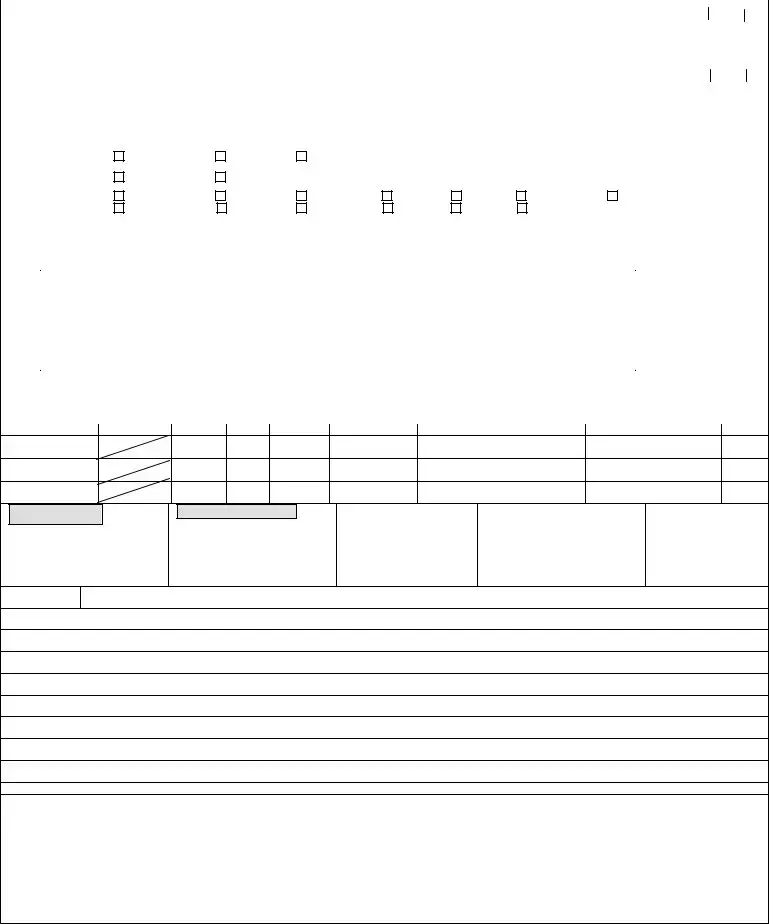What is the purpose of the Patient Care Report form?
The Patient Care Report (PCR) form is used to document the details of patient care during emergency medical services (EMS) responses. It serves several important functions. First, it captures patient information, medical history, and treatment provided. Second, it ensures that all relevant data is collected for continuous care and helps with legal documentation. Lastly, the PCR assists in quality assurance and helps improve future medical responses by providing a record for analysis and training.
Who is required to complete the Patient Care Report form?
All EMS personnel involved in the care of a patient must complete the PCR. This includes paramedics, EMTs, and any other crew members who delivered care or were part of the incident response. Each provider is responsible for accurately filling out their section and signing the report to confirm authenticity. This ensures accountability and provides a comprehensive history of the patient’s treatment.
What information should be included in the Patient Care Report?
The PCR must include detailed patient information such as name, age, gender, and address. It should outline the chief complaint and any relevant medical history, allergies, or medications. Vital signs, treatment administered, and the patient’s condition at various times during the incident must also be documented. Any refusals for treatment or transport must be clearly noted, alongside signatures from the patient and witness, if applicable.
How is the Patient Care Report used after an emergency call?
After an emergency call, the PCR is filed for record-keeping and can be reviewed by medical directors and quality assurance personnel. It is crucial for ongoing patient care, as it transfers vital medical information to hospitals or other facilities. Furthermore, the report may be used in compliance audits and to assist in training and improving EMS protocols. Secure storage and access to PCRs ensure that patient confidentiality is maintained while supporting continuous improvement in emergency care.

